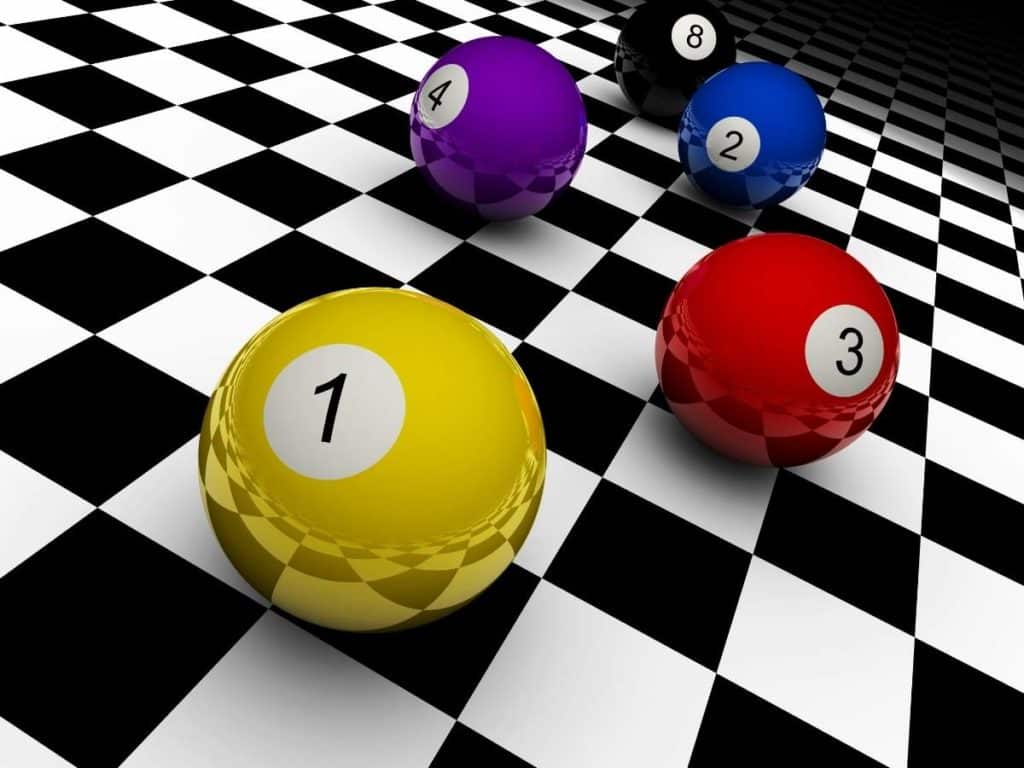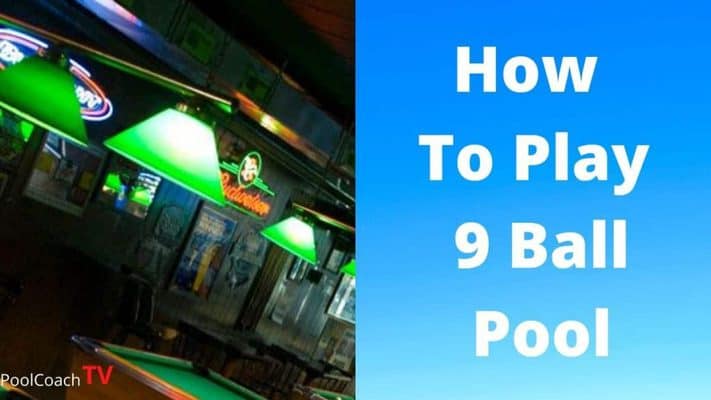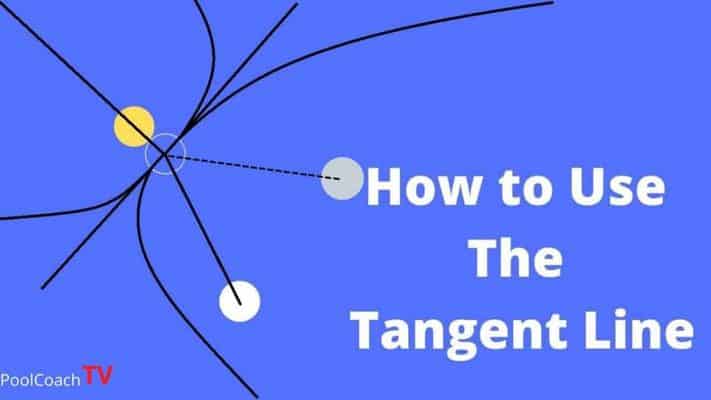When playing pool, confidence comes from the knowledge that what you are about to do will work. This confidence will be reinforced by regular practice and experience at the table. To effectively practice and improve, the particular skill that you are working on needs to be repeatable and measurable.
The natural rolling cue ball is the easiest to control and has the most predictable path as you will find out below. All levels of player use this type of shot but it is the best place to start for beginners learning basic position play.
Jeremy Jones the American pool player and Mosconi Cup coach mentions the rolling cue ball often during his insightful commentaries on many top professional matches. When you are under pressure the most natural, predictable shot is the easiest to play.
What is a Rolling Cue Ball?
During a game of pool the white ball is either stationary or moving. If it is moving, the white ball is either spinning, sliding or rolling along the cloth.
The rolling cue ball is moving in a natural way towards its target as a car tire moves along the road with no slide or spin in any direction.
It has a completely smooth and natural motion. If you held a cue ball at the top of a slope and released it gently the motion that it would take would be the same as a rolling cue ball on a pool table.
How Does it Roll?
After the ball is struck it starts to move in the desired direction, the friction between the ball and the cloth makes the ball rotate along the bed of the table. The cue ball is not over rotating or spinning.
Strike the ball softly just above the horizontal center line with a finesse type stroke delivery.
How to Play with a Rolling Cue Ball?
Your tip needs to strike the cue ball above the horizontal center axis with a smooth stroke. This type of hit is called a “plain ball” shot in snooker. It is an above center hit with no top spin imparted on the ball, enough to start the cue ball rolling.
What are the Benefits of a Rolling Cue Ball?
With the rolling cue ball there is:
- No deflection
- No swerve
- No squirt
- Predictable amount of throw
- Predictable path following impact
How Does The Rolling Ball React After Contact?
The rolling cue ball leaves the object ball according to the 30 degree rule or the peace sign angle. The 30 degree angle varies a little depending on the thickness of the hit. The maximum angle is achieved with a 1/2 ball hit and there is less angle with a 1/4 ball contact.
With a 1/2 ball hit the cue ball impact speed will be split evenly between the two balls with the balls travelling an equal distance at similar speeds. With a thicker contact on the object ball, 3/4 ball to full ball, the cue ball will roll forward slightly after contact.
With a thin or edge contact the cue ball will retain most of its initial speed until coming to a natural stop due to cloth friction.
How Does the Rolling Cue Ball React When Striking a Rail?
The cue ball will leave the rail at the same angle after striking the rail. This is like a reflection in a mirror, angle in equals angle out.
There will be some sliding / angle increase on newer or faster cloths like Simonis 860.



